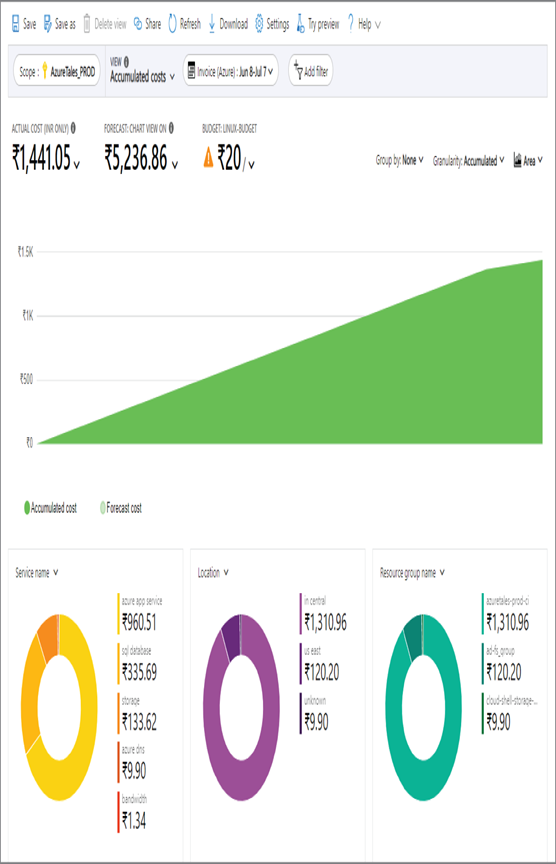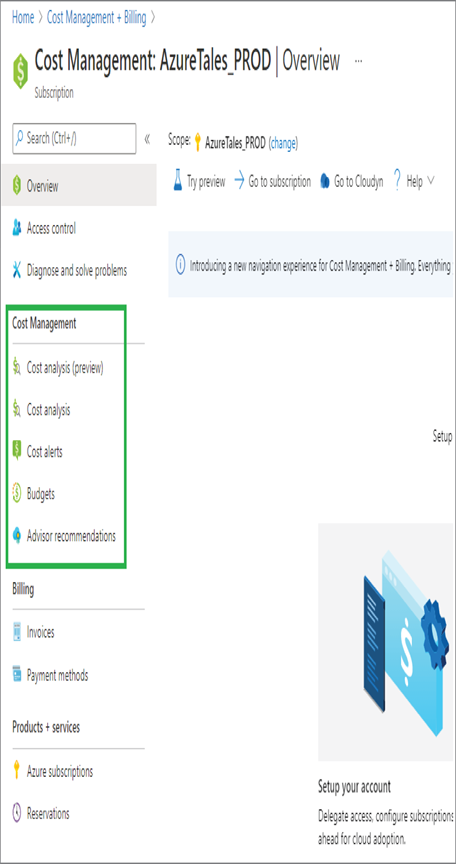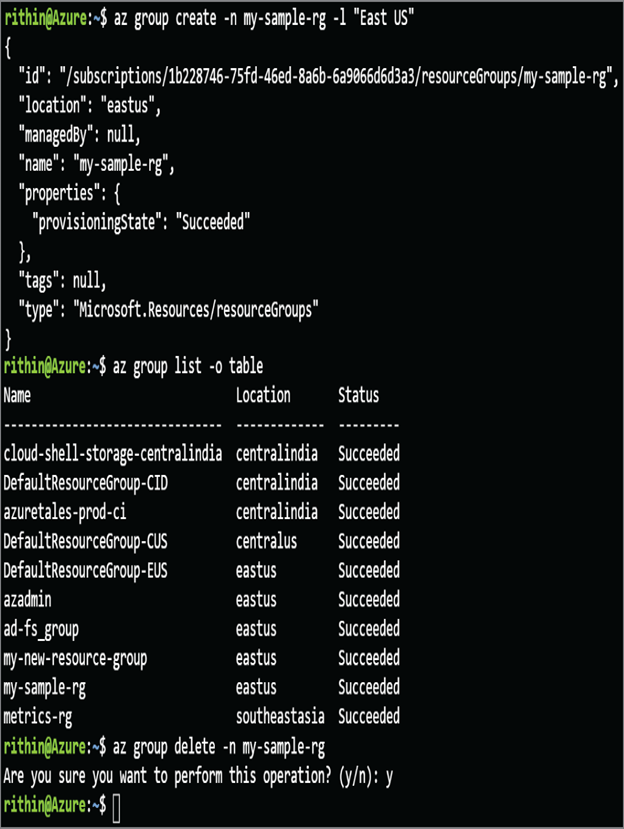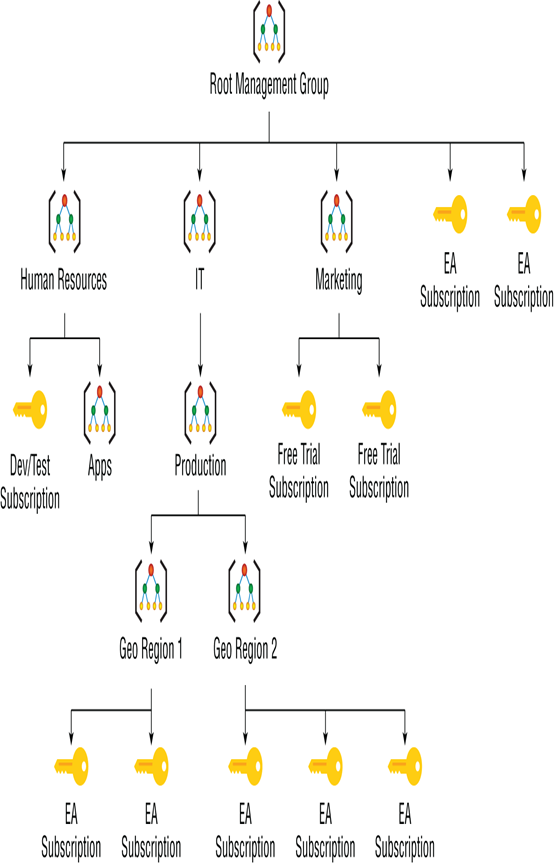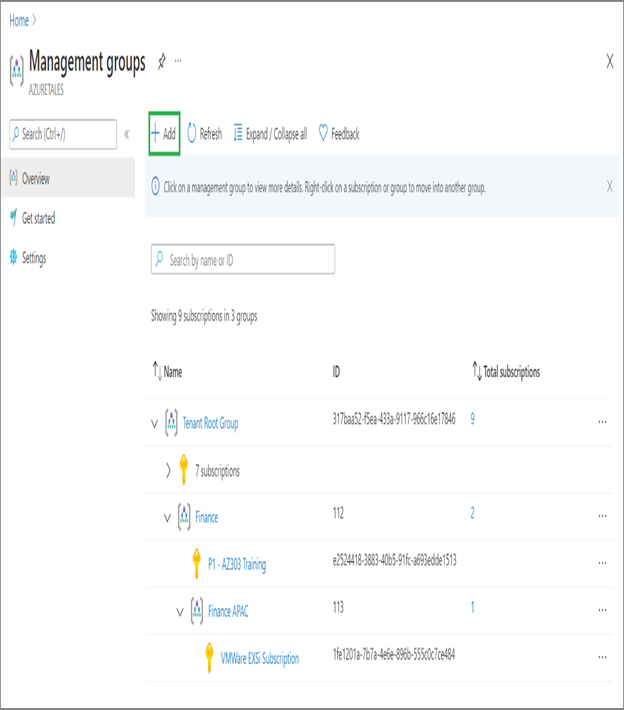You can get a subscription from multiple channels. You might not be eligible for all the subscriptions listed here; the eligibility is dependent on the terms and conditions of the respective offers.
Enterprise Agreements (EAs) EA customers will sign an agreement with Microsoft or Microsoft Partners and make an up-front monetary commitment to Azure. All usage incurred will be charged against the monetary commitment; when the commitment expires, the customer will start receiving invoices. You can make the prepayment again and continue using the services. The advantage of using EAs is that they offer more discounts than other offers as the customer is paying the amount up front. If your organization is looking for massive deployments in Azure and requires 99.95 percent monthly SLA, then an EA is the best option.
Web Direct In web direct, customers can directly go to the Azure website and purchase a new subscription. If you prefer, you can sign up for a Free Trial subscription and upgrade if you are interested in continuing the service. You won’t be charged until you upgrade the subscription from Free Trial to Pay-As-You-Go. Once you upgrade, as the name implies, you will be charged as per the charges mentioned in the Azure public-facing documents. There are no discounts available for you in this case, and you will require a credit card to sign up for this subscription.
Reseller Using the Open Licensing program, customers can buy tokens from resellers and sign up for an Azure-in-Open subscription. As a customer, you can buy a token for any amount you need; the charges incurred will be taken from this amount. When the amount is exhausted, you need to buy a new token and refill your account to avoid service interruption. This works like a prepaid cellular plan.
Partners You can purchase an Azure subscription from partners, and they can help you with the cloud transformation. The partners will be your first point of contact for any Azure-related concerns as the agreement is signed between the partner and the customer. These types of subscriptions are called cloud solution provider (CSP) subscriptions, and every month you’ll receive an invoice from your partner based on your usage. Microsoft doesn’t play any role in the invoice generation as you don’t have any direct billing relationship with Microsoft. CSP subscriptions offer more discounts compared to the Pay-As-You-Go subscriptions and are ideal for organizations that don’t have the budget to make the up-front monetary commitment for an EA.
This is not the complete list of offers that are supported by Azure. There are other offers that come with credits for MSDN subscribers and Visual Studio subscribers. You can see all the available offers here:
https://azure.microsoft.com/en-in/support/legal/offer-details
Now that you have an idea about the common offers, let’s see how the metering or usage is done in these subscription offers.

